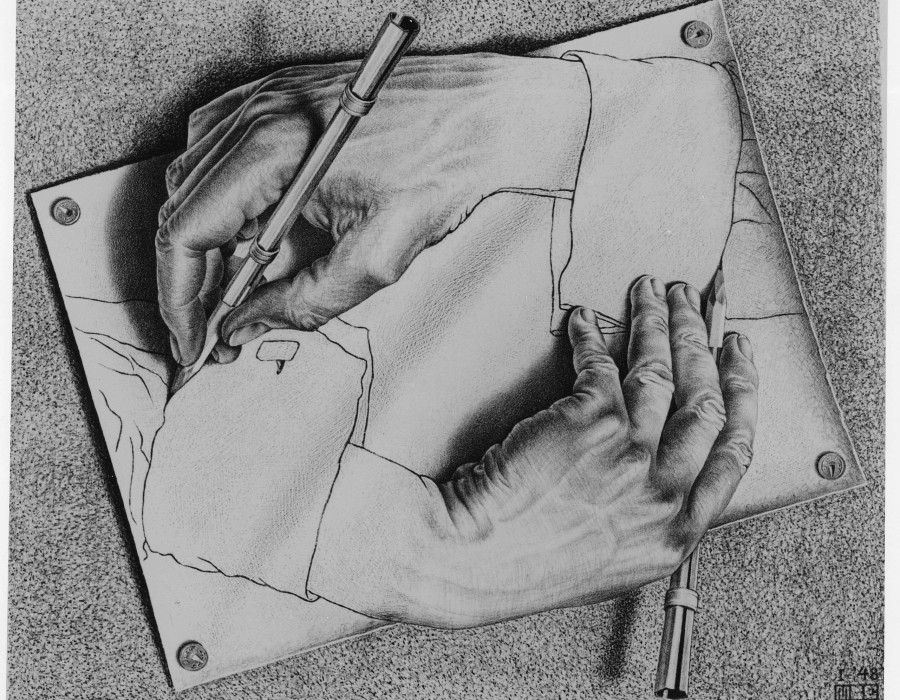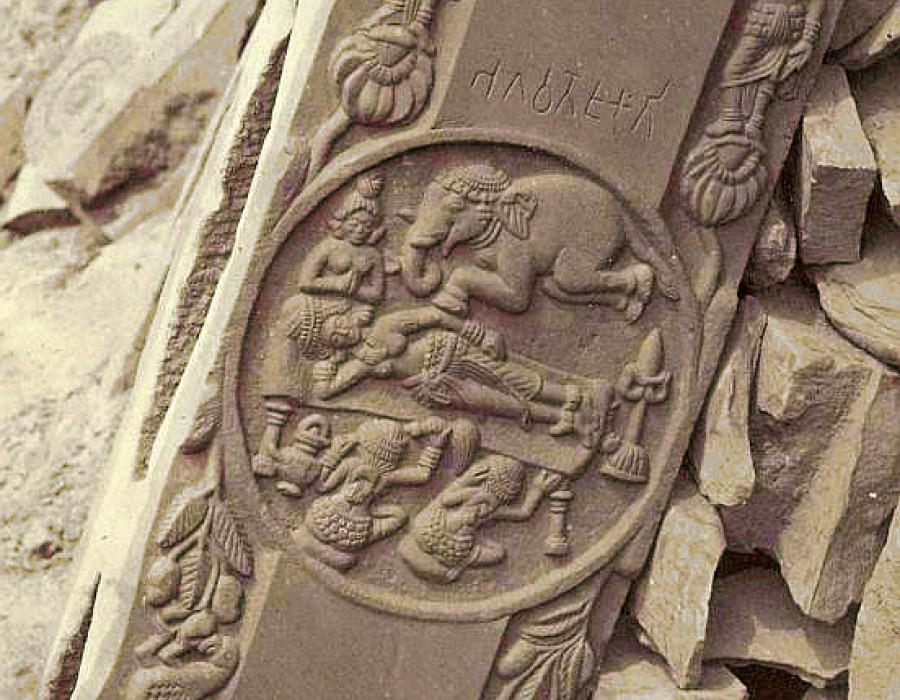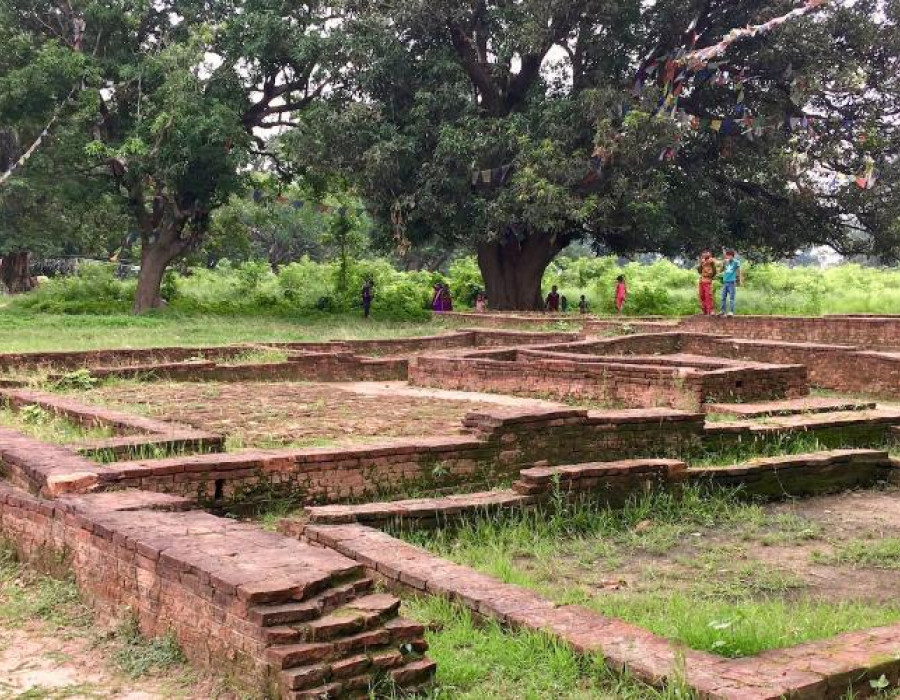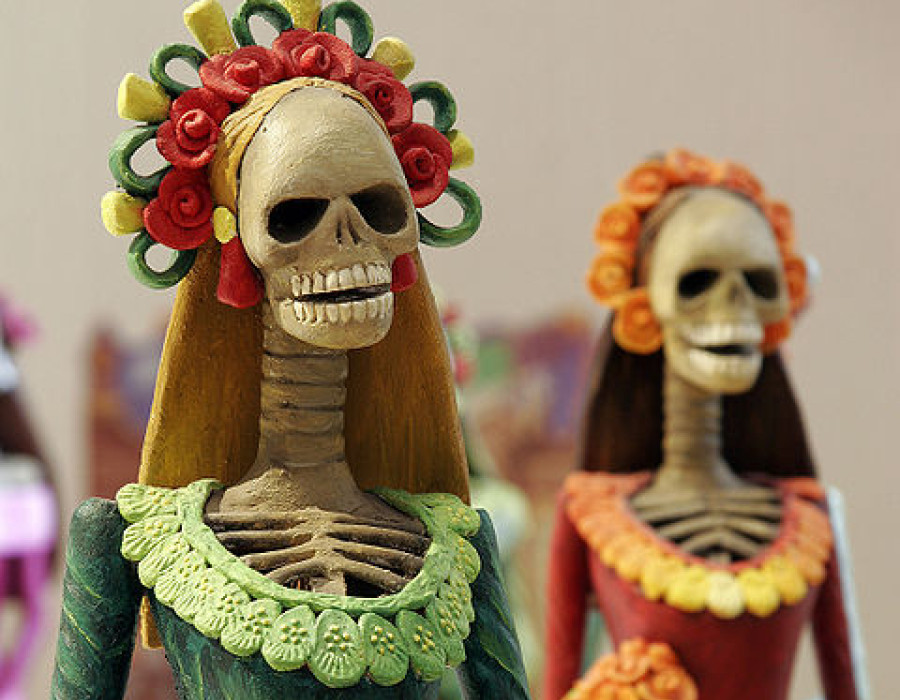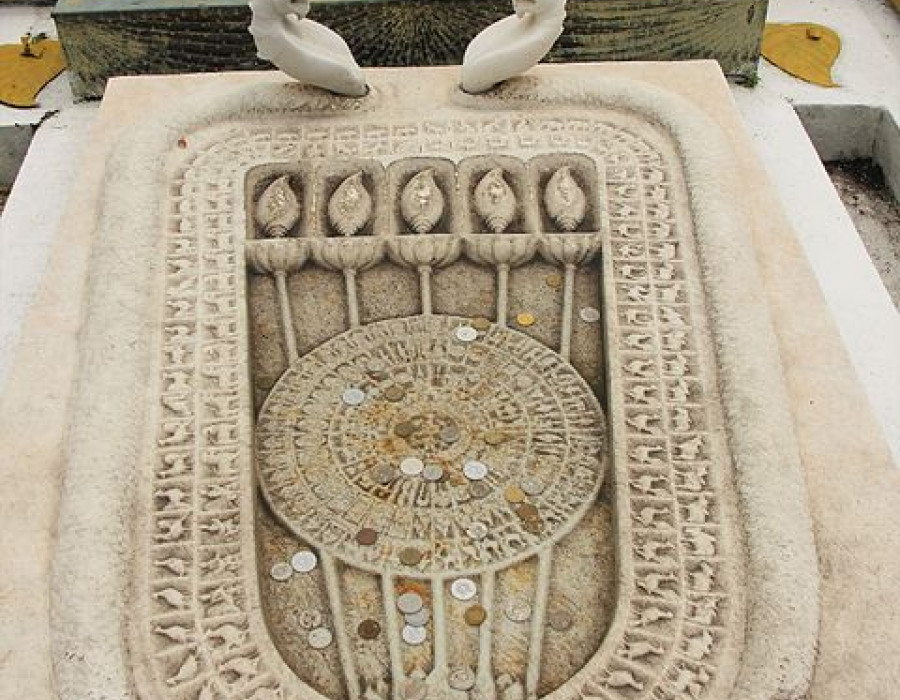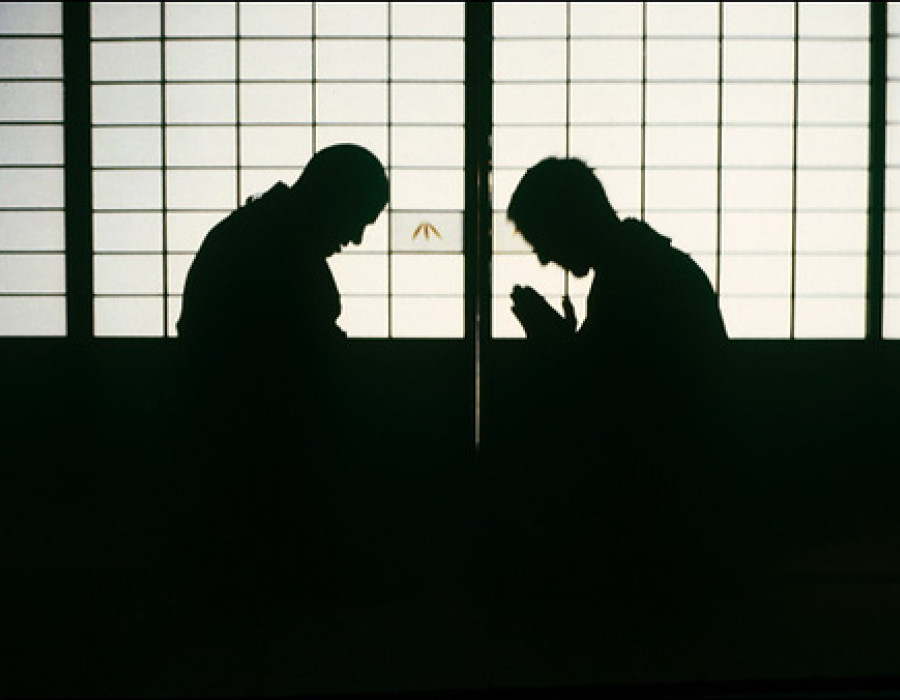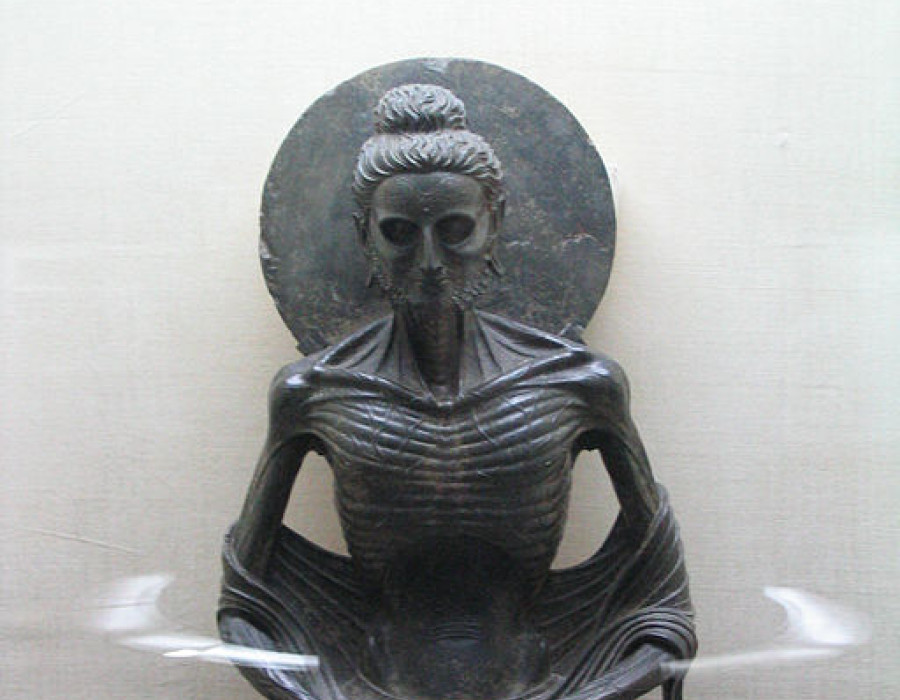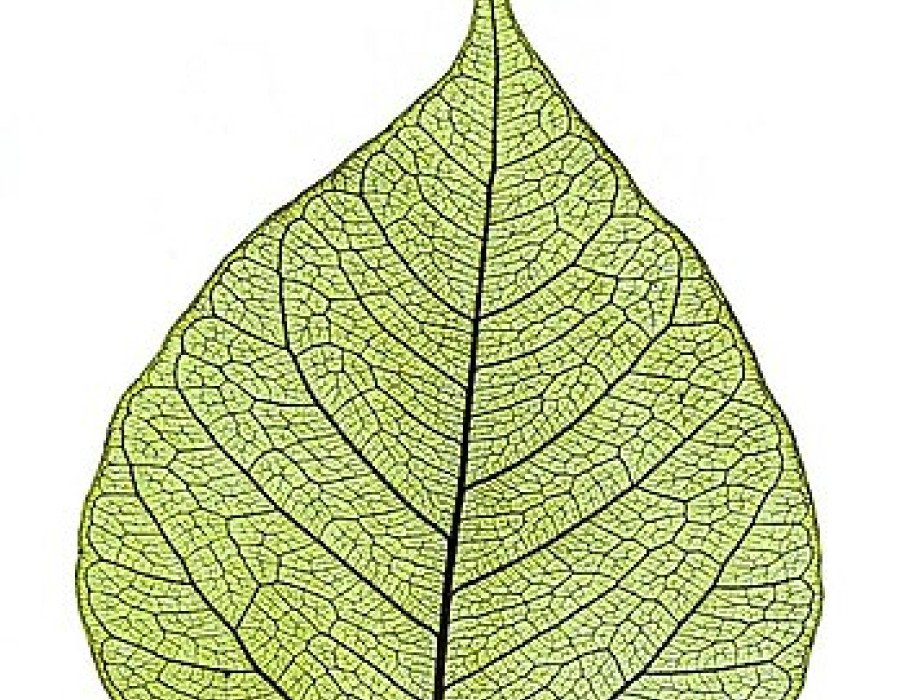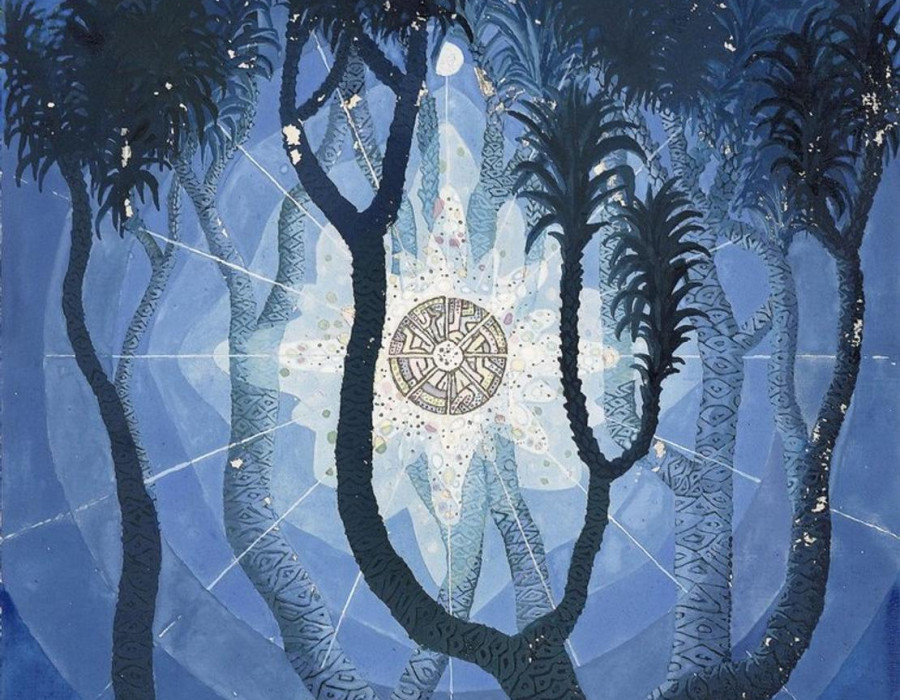
Martin Goodson
Retreat to the Forest & The Five Ascetics
From miraculous birth to The Buddha's Enlightenment
Having learned all he could from his spiritual teachers the Ascetic Gautama retreats to the forest. Here he realises the middle way which is not about relinquishing 'things' but the letting-go of attachment to things, a difference that the ascetic life can conflate.
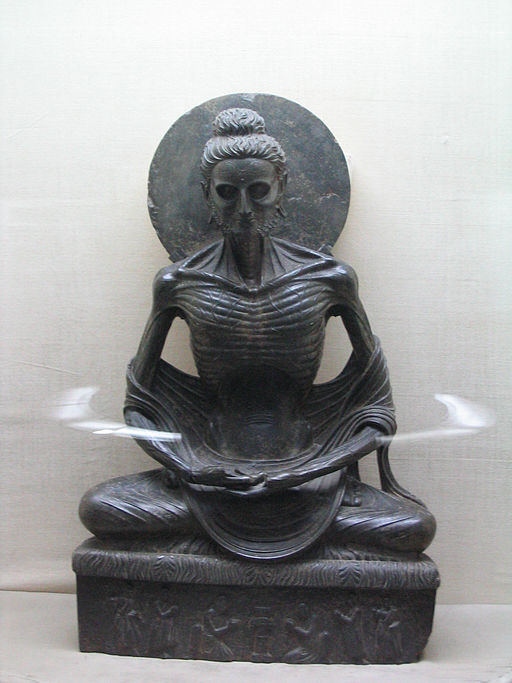
Fasting Buddha, Lahore Museum
Patrik Germann commons.wikipedia
The Great Bodhisattva now realised that he had learned all that could be learned from teachers and yet the answer to his question on human suffering was still unanswered. He now knew that he would have to go it alone.
Therefore he retreated to the forest in the Southern tradition, or the mountains in the Northern tradition. There he began the severe ascetic practices.
It is said that he ate just one grain of rice a day, went naked, ceased from washing and from cutting his nails and hair and so on. This is the usual series of practices undertaken by the many sadhus and holy wanderers both now and then.
So severely did the bodhisattva maintain these practices that five like-minded ascetics took him as their guru.
After some time of practicing in this way, the bodhisattva realised that he was close to death. His body was little more than a skin bag of bones. It was said that he could grasp his spine with his hand from the front of his abdomen.
Although unafraid of death, he did not wish to die with his question unanswered. Remaining true to that initial vow, he relinquished his ascetic practices by taking a meal of rice-gruel from a passing lay woman and washing in the river. When the five ascetics saw what he had done they were outraged; complaining that “The ascetic Gautama has taken to a life of luxury!”
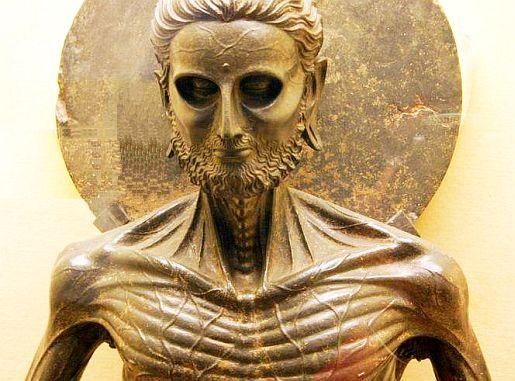
Starving Buddha, Lahore
The practice of asceticism is probably as old as religion itself and has had its adherents both East and West.
There is no doubt that it can induce altered states of consciousness including visions. However, we must never forget that this is not the concern of Buddhism, which in fact can be summed up in the saying of the Buddha:
“Suffering I teach, and the way out of suffering.”
Particularly in our Western religions, there is an inherent belief that spirit and matter are separate and opposed; that the world is the plaything of the ‘devil’ and all his works. Even today, the fact that in secular society we have the notion that one can ‘sell out’ one’s ideals to be a ‘wage slave’ contains an assumption that the two are somehow incompatible.
It is fundamental to Buddhism that essentially the world itself is quite neutral. What makes things good or bad is the motivational basis to our actions. The problem with the ascetic attitude is that there is still an assumption that certain things are inherently ‘bad’. Thus, some things are to be avoided. Buddhism is quite forthright in laying the basis for human suffering as attachment to things, especially to the view of self. The attachment lies in the heart, not in the object of attachment.
The five ascetics believed that by avoiding certain things they were ‘rising above’ the attachments. But that error was revealed when they became angry at their ‘guru’ who was now eating and bathing – two things that go against the practice of asceticism.
When an attachment is activated, there is an emotional reaction. The attachment in this case was to the perfection of spiritual practice itself what is otherwise known as spiritual pride.
If they had asked Gautama about why he was doing this that would have been one thing, but they judged him, found him wanting and turned their backs on him. One can feel their anger in this response.

